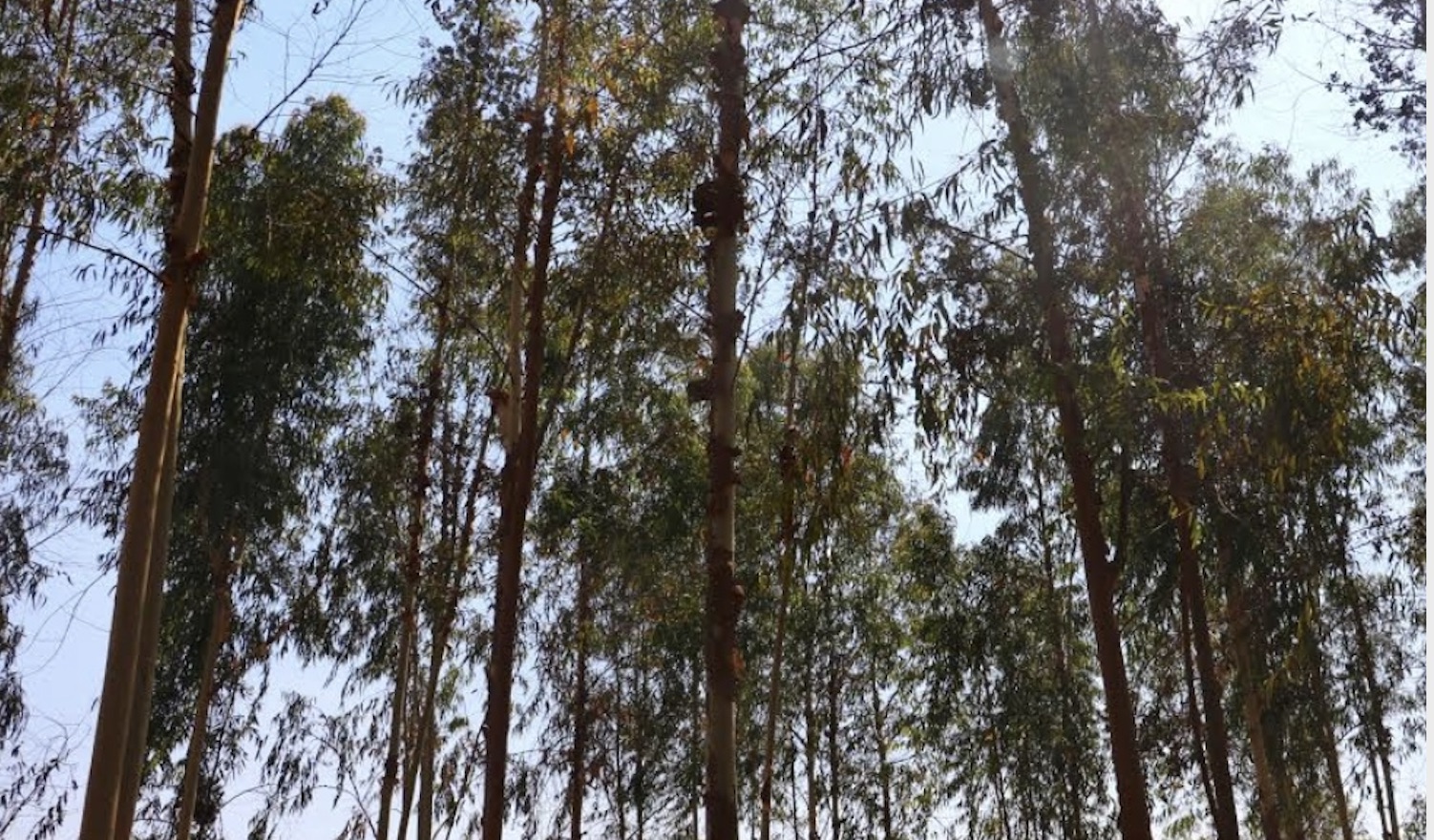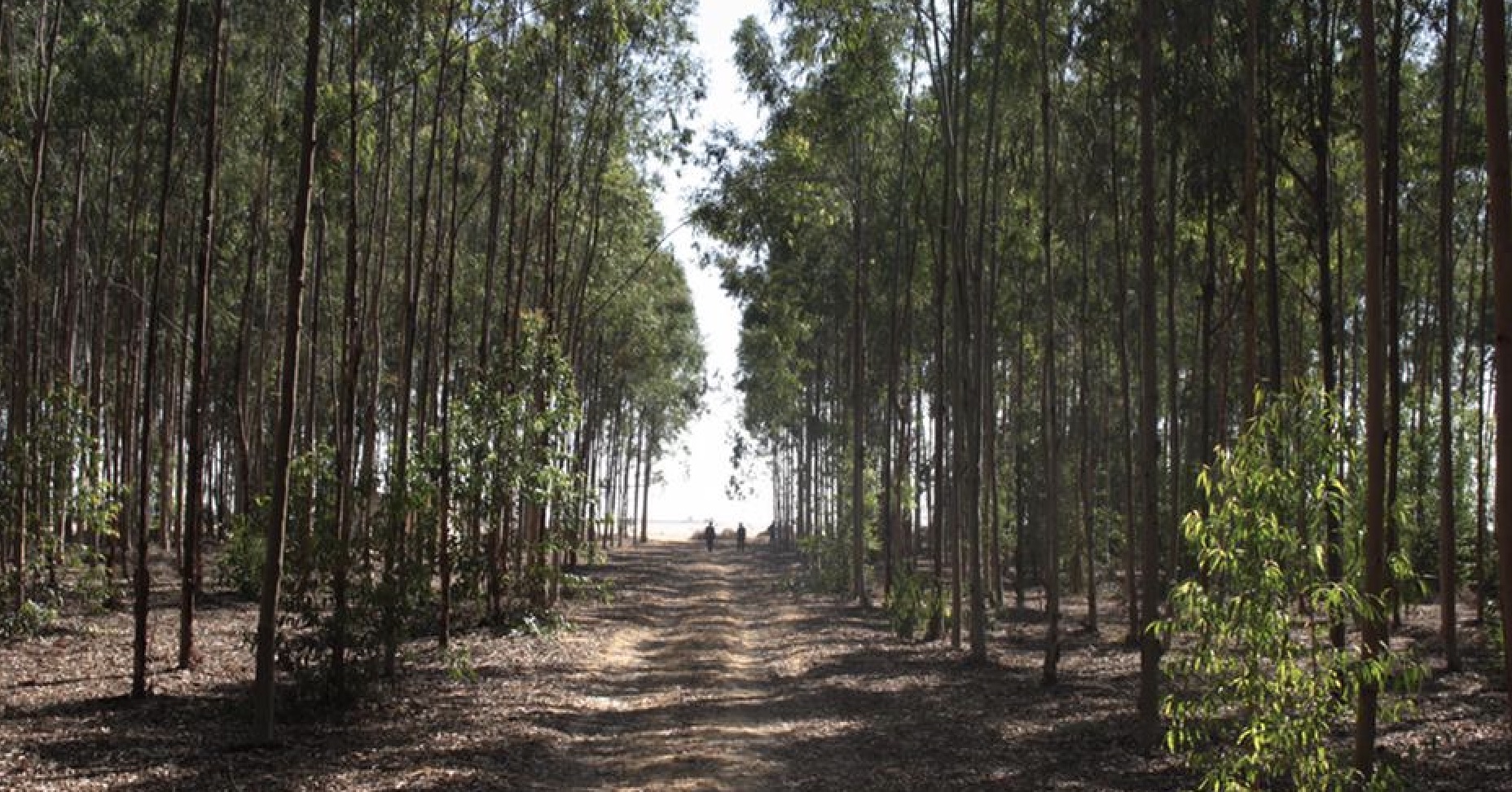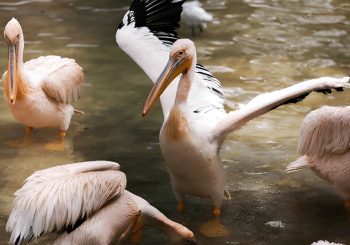A forest has a particular way of welcoming its visitors, where trees are lined and leaves rustle, it is where the light beams through the cracks, and birds sing from above. This is a place that tells tales, without uttering a human sound.
While Egypt boasts more desert than greenery, it is not to say that some verdure cannot be found. On the outskirts of Cairo lies the Serapium Forest – away from the influx of industrialization and urbanization is a place that forgets the hustle and bustle of the city, where dreams of a green Egypt are planted.
The Serapium forest, located a short distance from the Ismailia governorate, was originally a dry desert that saw no irrigation and plantations. Inhabited by almost 40,000 people, Ismailia’s residents have been estimated to produce a significant amount of wastewater everyday. In the 1990s, a research collaboration between German and Egyptian scientists directed efforts to utilize Egypt’s abundance of sunlight to grow massive plantations.
Desertification is a major problem in Egypt, as over 96 percent of the country’s landmass consists of desert.
Established in 1998 by the Ministry of State for Environmental Affairs, in cooperation with the Ministry of Agriculture and Land Reclamation of Egypt (MALR), the project aimed to implement the National Programme for the Safe Use of Treated Sewage Water for Afforestation. Since its establishment in 1998, the Central Administration of Reforestation in Egypt, under the auspices of the Ministry of Agriculture, has served as the main governmental body monitoring the project.
More specifically, an intended goal for the project was to halt the spread of deserts into fertile areas; however, given Egypt’s lack of clean water and rain during the winter, an innovative and ambitious program thought to utilize the sewage wastewater, making the project sustainable and resource efficient.

“Treated sewage water is funneled into the area, and has been a boon for making previously infertile land arable and economically viable. The evergreen forest will help to purify the air all year round, as well as exerting nutrients into the area that will help the nation’s efforts in combating desertification,” reported Ragaei Saafan, the project’s manager, to al-Monitor.
Drip irrigated, the 500-acre forest houses a variety of native and non-native trees, including teak, eucalyptus, mahogany, and many more.
The forest is also equipped with an automated leafcutter, which collects the leaves of the several trees in the area, which are then used as fertilizer for the spoil as well as food for the livestock in the area.
In recent years, the focus 0f the project geared towards producing valuable wood and generating an income from wood sales as well. The wood from the mahogany and camphor trees that are planted in the area can be used in the local furniture industry, which would also benefit the economy and the rising unemployment in Egypt.
The forest seeks to further the expansion of green stretch in Egypt, bearing witness to a new wave of plantation and afforestation in the land of the desert, achieving the country’s sustainability and green-friendly ambitions.







Comments (5)
[…] الخطة صدى نجاح غابة سيرابيوموهي مزرعة ضخمة في مصر وتقع على مسافة قصيرة من محافظة […]
[…] plan echoes the success of the Serapium Forest, which is a massive plantation in Egypt, located a short distance from the Ismailia governorate. […]